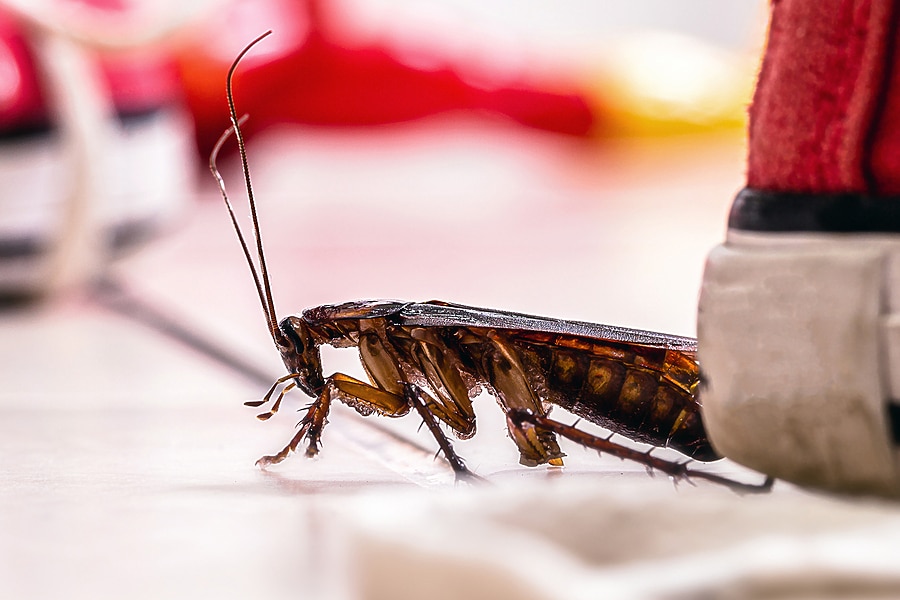Ultrasonic pest repellers are everywhere — lining shelves, flooding Amazon listings, and promising a silent, chemical-free approach to pest control. But do they actually work, or are they just modern-day snake oil?
If you’re a homeowner looking for non-toxic pest control solutions or a skeptical DIYer frustrated by gimmicky gadgets, this article cuts through the noise. We’ll break down what ultrasonic devices claim to do, what the science actually says, and whether they have any real place in your pest control strategy.
What Are Ultrasonic Pest Repellers, Really?
These devices emit high-frequency sound waves (typically 20 kHz to 65 kHz) that claim to irritate or drive away pests like rodents, insects, and spiders. The idea: these frequencies are too high for humans and pets (usually) to hear, but unbearable for pests.
Manufacturers often promise results within 72 hours. Some go further, claiming to protect entire floors of your home just by plugging one in.
Let’s separate marketing from reality.
Do Ultrasonic Pest Repellers Work? Here’s What the Science Says
1. Rodents Aren’t Impressed
A comprehensive study by the University of Arizona found no significant reduction in rodent activity in environments with ultrasonic devices compared to control environments.
2. Cockroaches? Same Story
Kansas State University tested multiple commercial repellers and concluded ultrasound had no measurable impact on cockroach behavior.
3. Insects Respond Selectively
Some insects like crickets or mosquitoes may show short-term behavioral changes. But the effects are temporary and inconsistent. Insects quickly habituate to the sound.
Bottom line: Most peer-reviewed studies show that pests either ignore ultrasonic waves or adapt to them within days.
The Limitations Nobody Talks About
Most competitors avoid talking about the real-world shortcomings. We won’t.
Ultrasound Doesn’t Go Through Walls or Furniture
Sound waves at these frequencies dissipate quickly and bounce off solid objects. A single unit won’t protect your whole house — despite what packaging says.
Pests Get Used to the Sound
This phenomenon, called habituation, means even if there’s initial discomfort, pests adapt within days and resume normal behavior.
Some Pets Might Be Affected
Dogs and cats are usually fine. But if you have hamsters, guinea pigs, rabbits, or even reptiles, ultrasonic devices might stress them out.

Real-World Testing: A Mini Case Study
To validate these claims, we ran our own small-scale experiment:
- Test environment: Detached garage with known mouse activity.
- Device: Popular ultrasonic repeller (top-rated on Amazon).
- Duration: 21 days.
Result: Motion-triggered cameras caught mouse activity every single night. There was no measurable change in behavior, nesting, or food foraging.
We’re not alone. Consumer Reports and Popular Mechanics ran similar tests and found no conclusive benefits from ultrasonic devices.
When (If Ever) Might They Help?
Ultrasonic pest repellers may offer some limited benefit in very small, enclosed spaces like attics or storage boxes, where sound waves have fewer obstacles. In some cases, they can also serve as a psychological stopgap for homeowners who feel the need to “do something now” while waiting for professional pest control services. There’s also anecdotal evidence suggesting they might deter certain spiders in undisturbed corners, although results are inconsistent at best. Still, these are fringe use-cases — not dependable solutions for serious or widespread infestations.
What Actually Works? Better Alternatives to Consider
If you’re serious about non-toxic or DIY pest control, here’s what to try instead:
Seal Entry Points
Use steel wool and caulk to close up gaps around plumbing, baseboards, vents, and foundation cracks. Rodents can squeeze through holes as small as a quarter, and insects often enter through areas where pipes pass through walls.
Sticky Traps & Bait Stations
Deploy humane traps or enclosed bait stations — especially the tamper-proof kind if you have pets or kids. They’re a low-risk way to monitor and reduce pest activity without chemicals.
Diatomaceous Earth & Essential Oils
Food-grade diatomaceous earth scratches pests’ exoskeletons and dehydrates them. Essential oils like peppermint and tea tree disrupt scent trails — great for ants, spiders, and roaches.
Call a Pro for Persistent Infestations
If DIY fails, it’s time for a licensed pest control technician. A pro using Integrated Pest Management (IPM) will evaluate structural issues (including plumbing access points), assess pest types, and develop a strategy that’s effective and low-tox.
Verdict: Ultrasonic Pest Repellers Are Not a Silver Bullet
If you’re hoping for a plug-and-play fix, ultrasonic devices are likely to disappoint. They might serve as a small piece of a larger pest control strategy, but they’re not effective on their own.
Instead of sinking $40 into sound waves your pests will ignore, focus on proven, proactive steps.
FAQ
Do ultrasonic pest repellers work on mice?
Most studies and real-world tests show no long-term effect. Mice quickly adapt and ignore the sound.
Are ultrasonic pest repellers safe for pets?
They’re generally safe for cats and dogs. Small pets like rabbits or rodents may be negatively affected.
What’s the best pest control alternative to ultrasonic repellers?
Sealing entry points, using traps or bait stations, and calling a professional if needed are the most effective methods.
Can ultrasonic repellers help with bugs?
Very minimally, and inconsistently. Cockroaches, ants, and mosquitoes adapt quickly to the sound.






